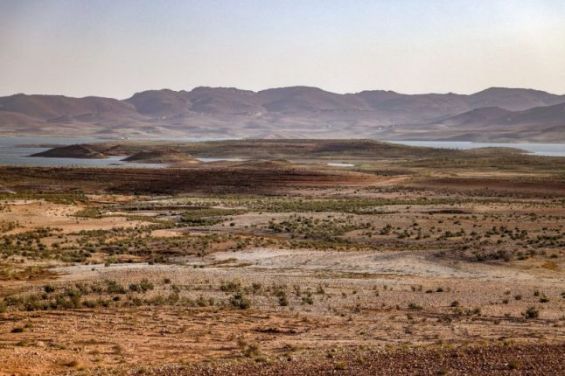Two-thirds of the world's population could face significantly altered rainfall patterns by the end of the century, impacted by the ever-warming grip of climate change. This means a potential five billion people across the globe could witness drier or wetter conditions, according to a recent and alarming study.
Published earlier this January, the research titled «Significantly wetter or drier future conditions for one to two thirds of the world's population» employs a novel approach to project future rainfall changes and pinpoint global hotspots for both intensified rain and increased aridity.
The findings paint a concerning picture, suggesting that «these wetter and drier patterns due to elevated GHGs and global warming will largely affect the countries already experiencing climate change impacts», and Morocco stands high among them.
Morocco, among top five countries to witness a drier future
Among the top five countries exhibiting a striking degree of agreement in projected drying trends are Greece, Spain, Palestine, Portugal, and of critical concern, Morocco. In these regions, a staggering 85% of climate models simulated robust decreases in rainfall, with the median potential reduction reaching up to 21% under a moderate emissions scenario and a sobering 55% under a high-emissions scenario.
This stark prediction resonates deeply with Morocco's current reality. Already grappling with water scarcity and having endured severe droughts in recent years, the North African kingdom stands particularly vulnerable to further rainfall pattern shifts driven by climate change.
As the study warns, rising greenhouse gas levels and global warming will only exacerbate existing climate challenges, intensifying both excessively wet and arid conditions in sensitive regions like Morocco and the wider North Africa region.
While countries like Finland, North Korea, Russia, and Canada might witness an opposite trend with over 90% model agreement for wetting, with some regions potentially facing increases of over +35% and +48% in annual rainfall under moderate and high-emissions scenarios respectively, the focus for Morocco and other similarly threatened nations must be on immediate and significant emissions reduction efforts.
Only through swift and decisive action can they hope to mitigate the potentially devastating consequences of a drier future.





 chargement...
chargement...













